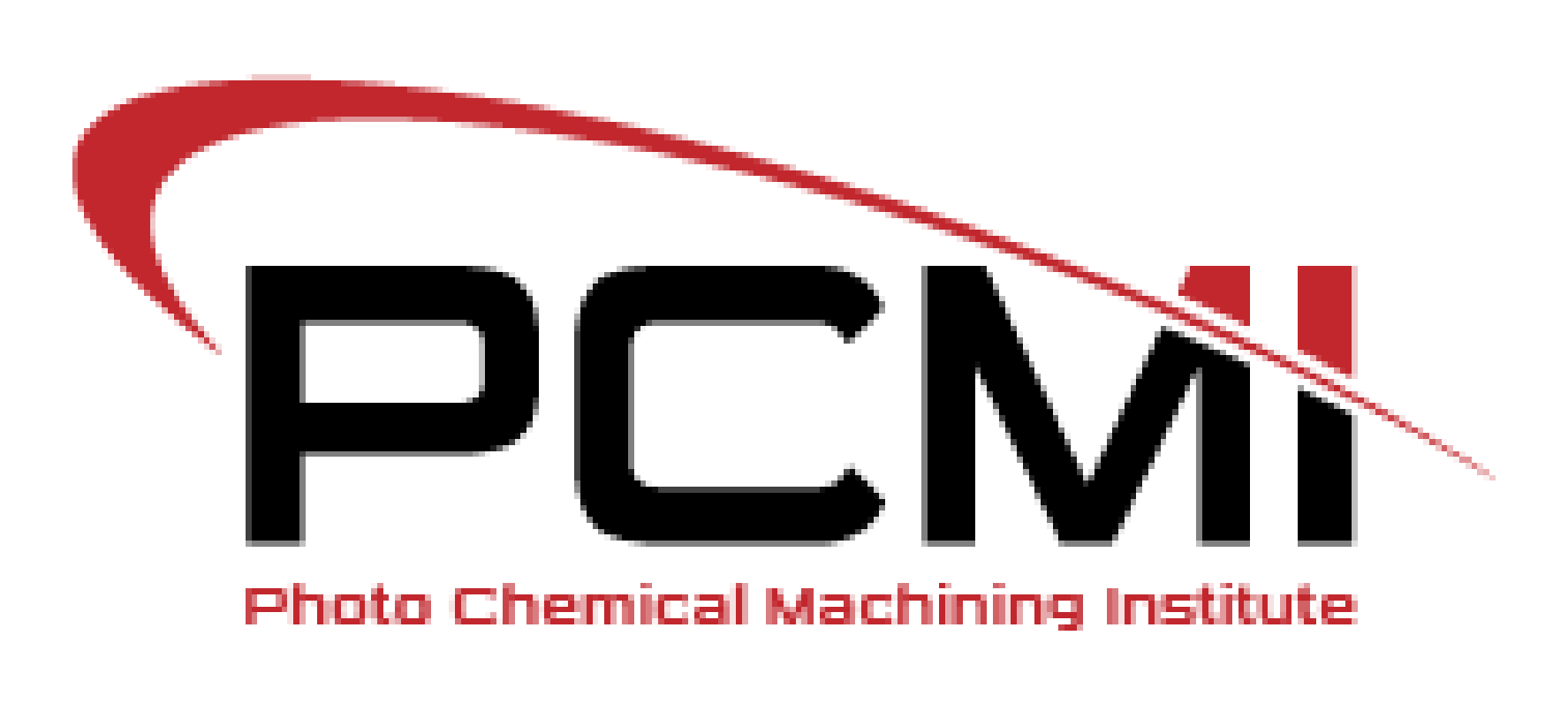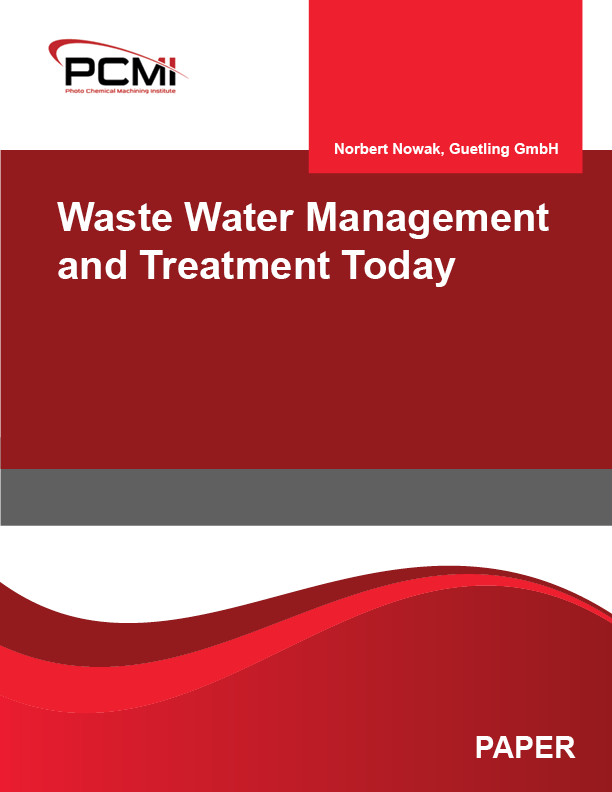
Advances in Dry Film Resists
Since solvent dry film resist was first introduced in 1968, the demands on dry films have been ever increasing. Initially the demands were chemical, leading to the introduction of aqueous and semi-aqueous films; this reduced the significant cost of processing equipment (stainless steel to PVC) and of the processing media. The requirements evolved to be more user related e.g. better colour contrast resist to copper, colour change after exposure. Later, improvements were made to the processing characteristics e.g. photo-speed, developing speed, to increase production throughout. Latitude in processing has become the latest challenge; more latitude equating to better yields and ultimately lower costs. It is this subject that is the main concern of this paper.
Finally, a brief description is given of two innovative dry film resists; one to allow the imaging of a PCB directly from a CAD system – laser imaging, the other, a high definition dry film where the polyester is removed prior to exposure.
$60.00











